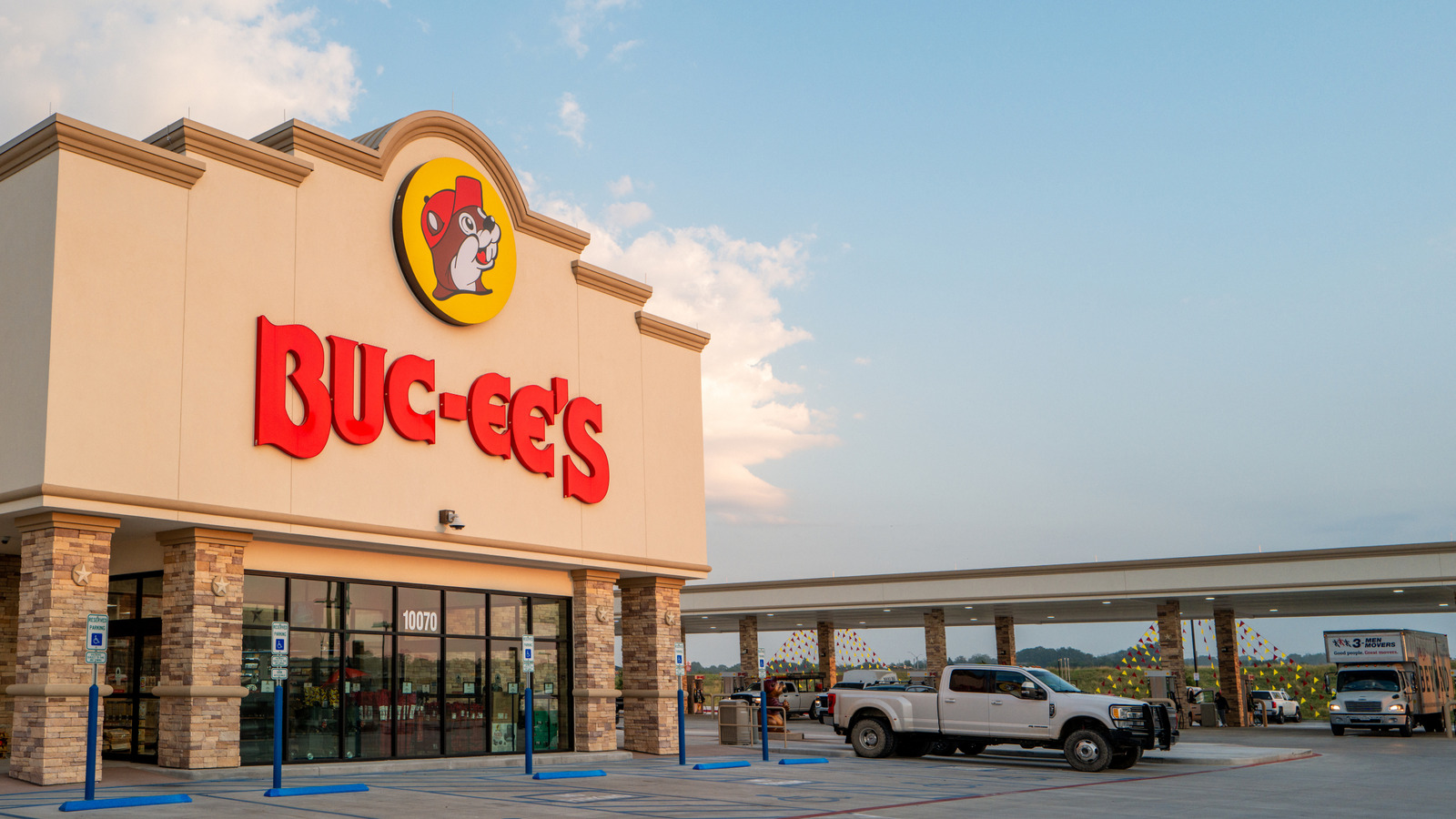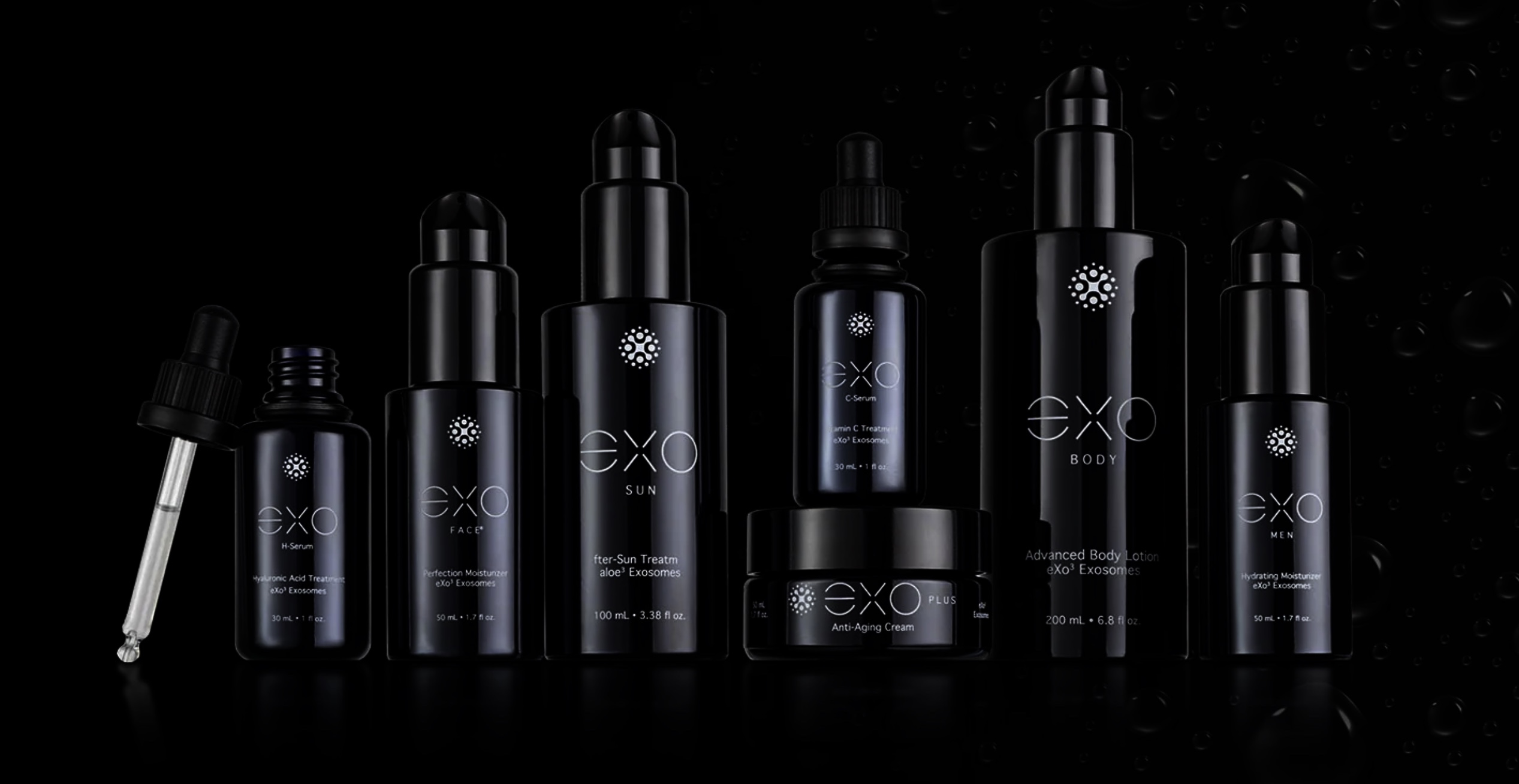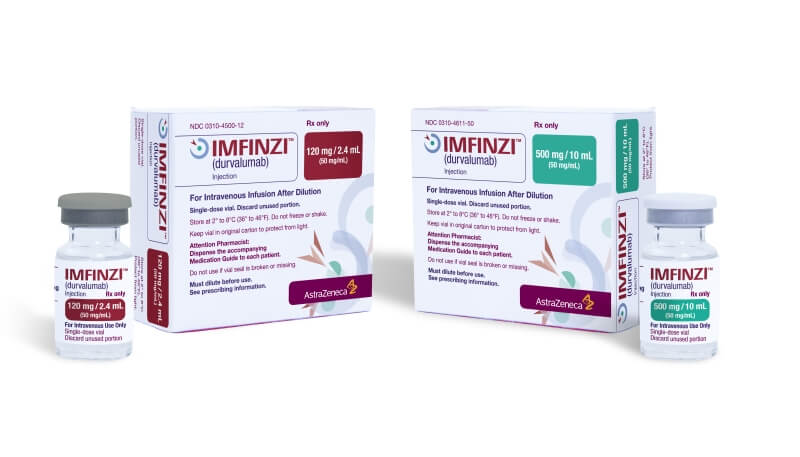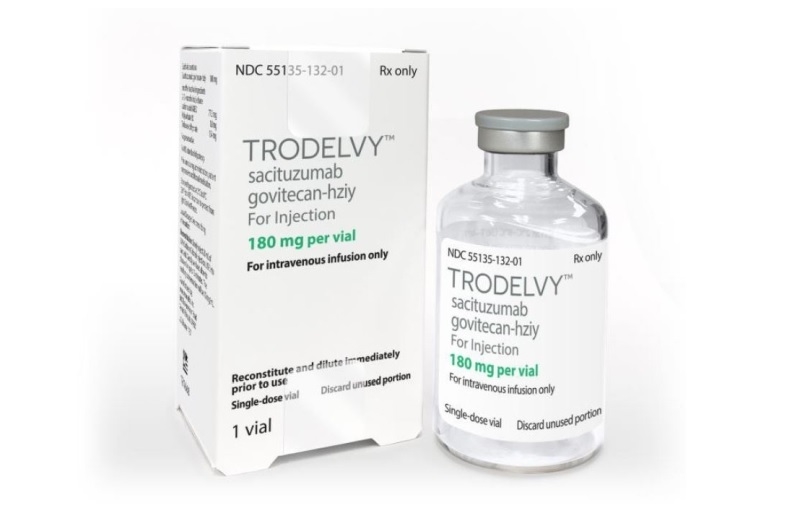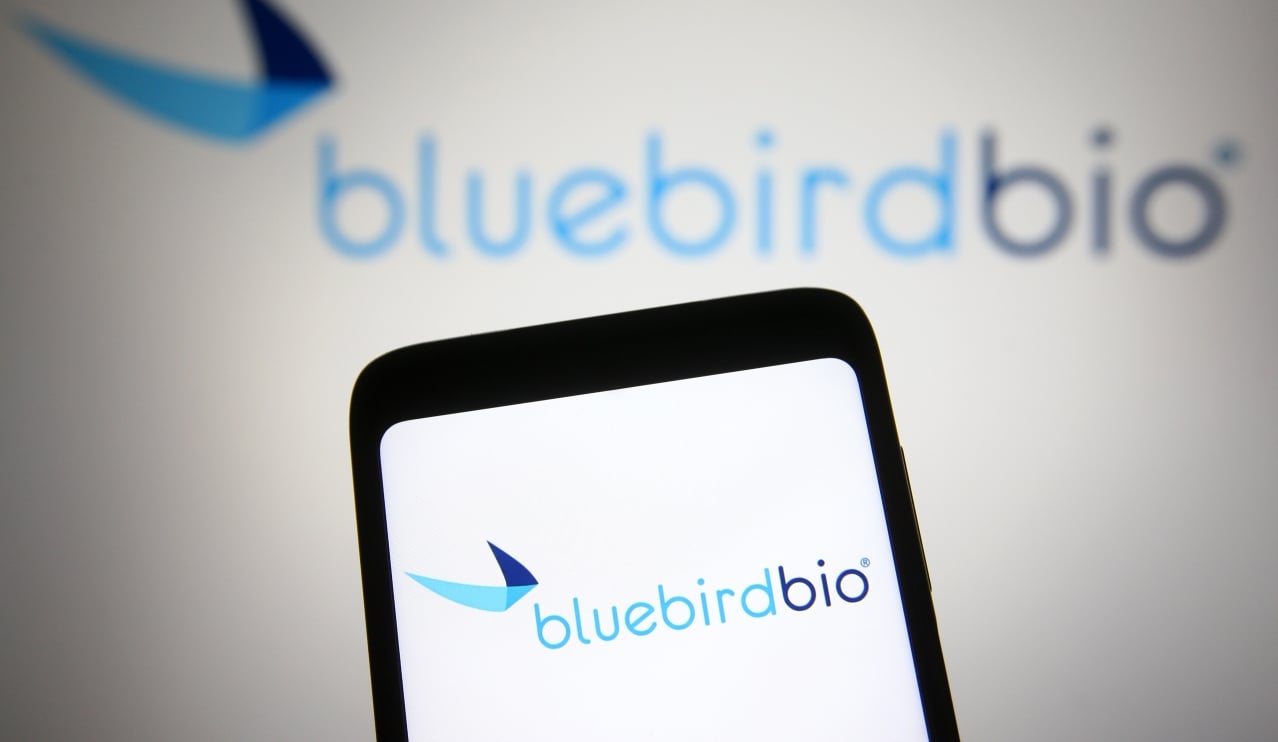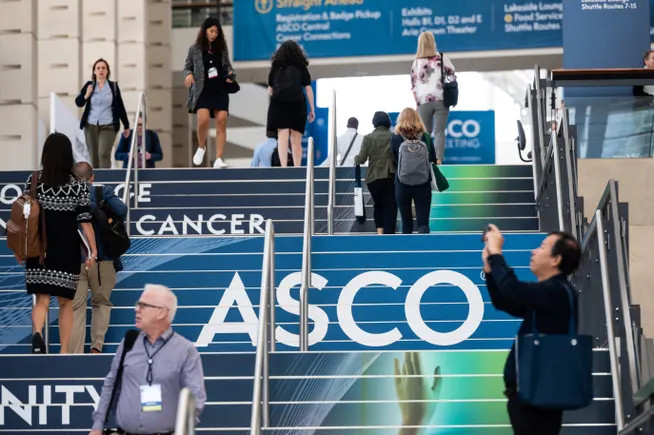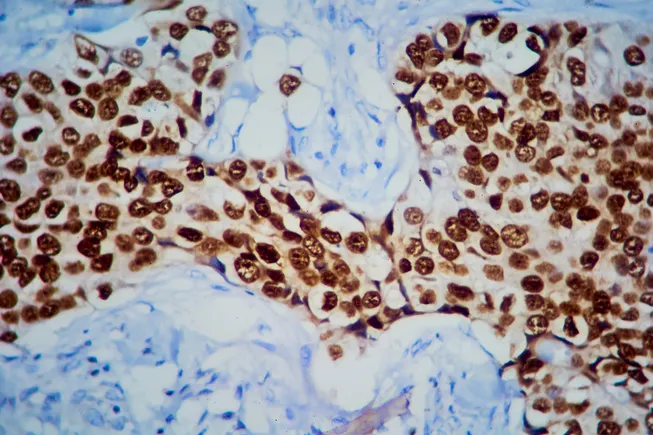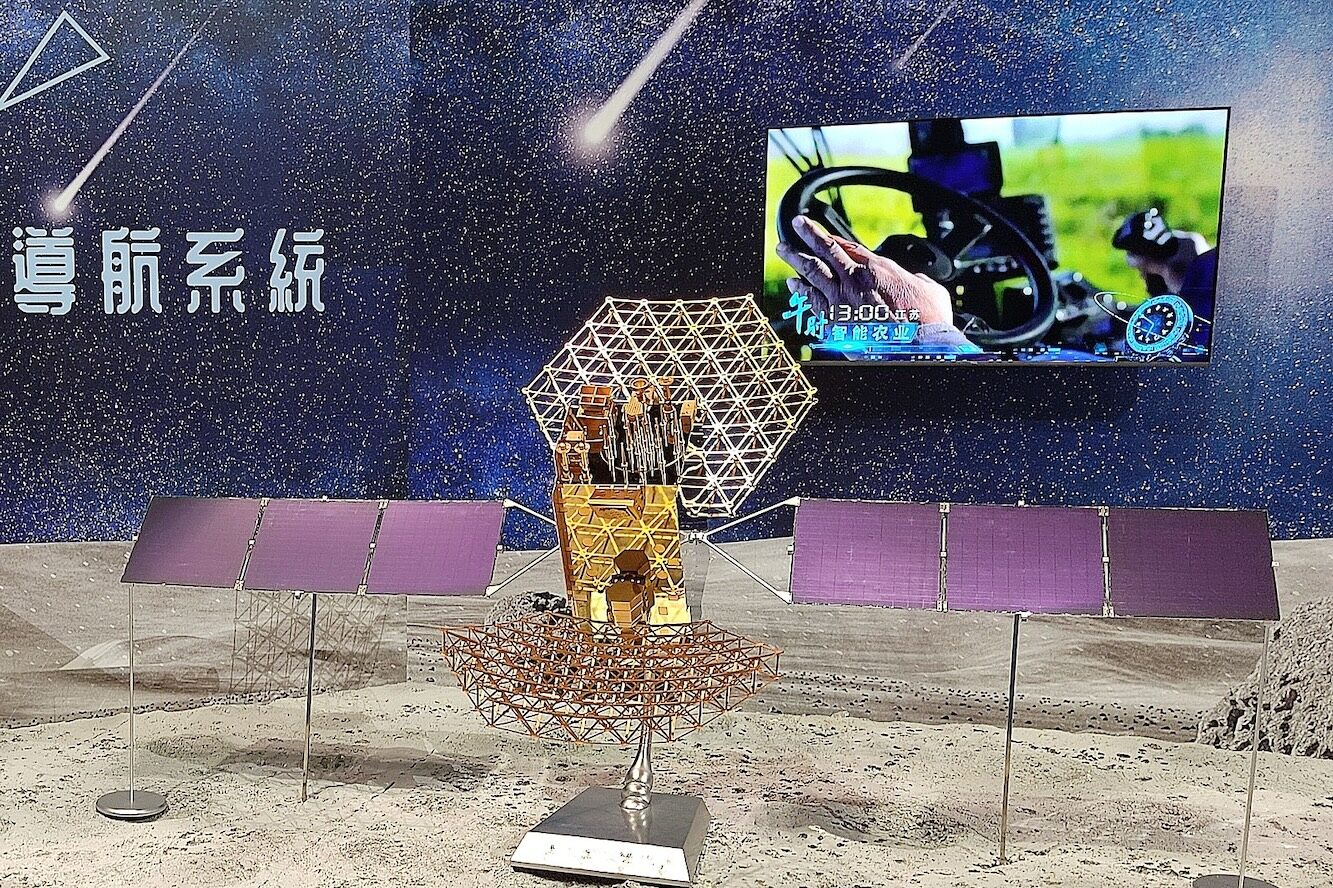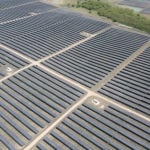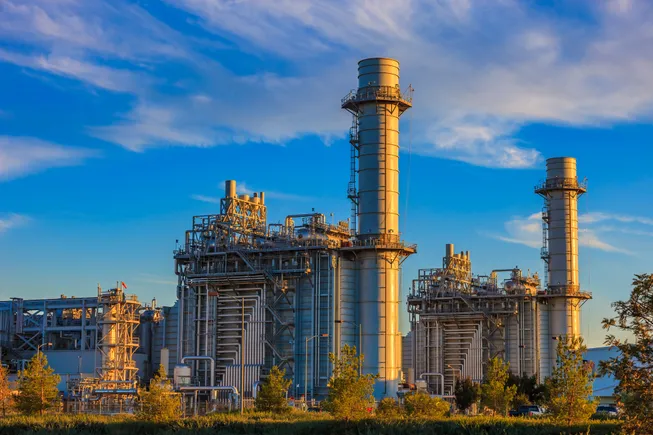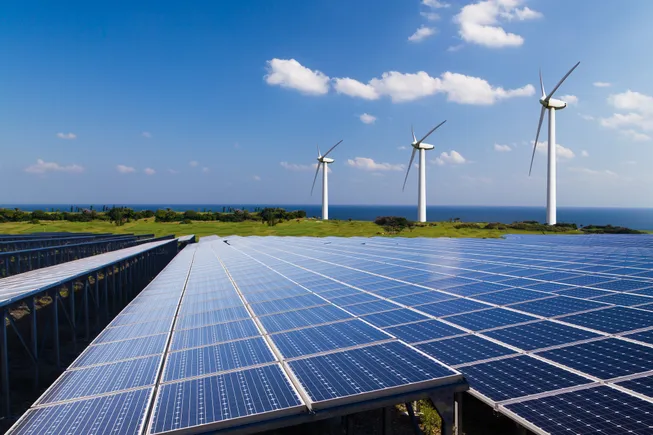Adsorption‐Catalysis Synergy Boosting the Conversion of Polysulfide over Mesoporous Carbon Confined Molecular Catalysts
Advanced Energy Materials, EarlyView.

An adsorption-catalysis synergistic strategy based on the confined cobalt phthalocyanines and iron phthalocyanines within mesoporous hollow carbon spheres is developed to significantly enhance lithium polysulfide conversion. This designed CoFePc@MHCS modified separator accelerates LiPSs redox kinetics, boosts ion/electron transport, and enables the lithium-sulfur battery with superior rate capability, high capacity, and excellent long-term charge/discharge stability.
Abstract
Lithium-sulfur (Li-S) batteries are considered a promising next-generation technology of electrochemical energy storage due to their high energy density. However, the application is limited by their poor cycle life due to the inherently insulating properties of sulfur and lithium sulfide, the inevitable shuttle effect originates from the slow conversion kinetics of polysulfides (LiPSs), and the volume expansion during the charge/discharge process. Herein, this work has developed hollow mesoporous carbon spheres with iron-cobalt phthalocyanine confined in the mesopores and hollow voids (CoFePc@MHCS) for the separator modification. It is found that the LiPSs migration can be efficiently inhibited via the adsorption-catalysis synergy by the Fe-N4 and Co-N4 sites. The Li-S cell assembled with CoFePc@MHCS/PP achieves an initial capacity of 1308.2 mAh g−1 at 0.2C, with excellent cycle stability and an average capacity decay rate of only 0.058% per cycle over 500 cycles at 1C. Additionally, the cell demonstrates significant rate capability, achieving a capacity of 888.5 mAh g−1 at 3C. Furthermore, the Li-S cell with a high sulfur loading of ≈7.2 mg cm−2 has achieved an area capacity of 6.2 mAh cm−2, as well as stable long-term performance at a rate of 0.1C.








